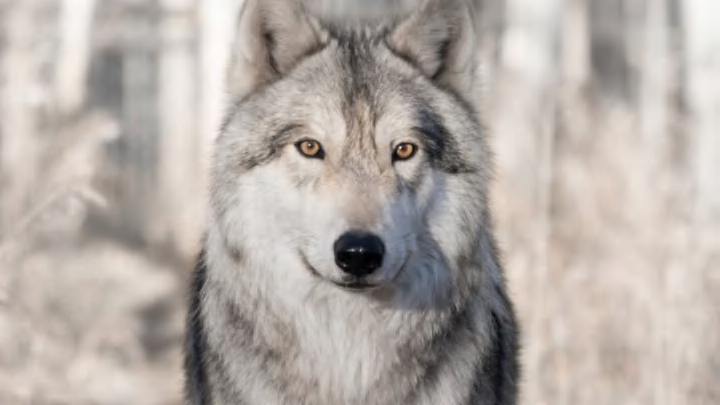Do you think you could live alongside dodos and woolly mammoths? Colossal Biosciences thinks you can. The biotech company, which claims it recently resurrected the dire wolf, focuses on “de-extinction,” or attempting to bring extinct animals back from oblivion.
De-extinction allegedly works by extracting DNA samples from an extinct animal’s bones, sequencing enough of that animal’s genome as possible, and then using a DNA editor like CRISPR to edit genes of a related or descendant animal to be more like the extinct one. Then scientists use that DNA to create fertilized embryos that they then grow into what is said to be a resurrected species. It’s important to note that the de-extinction process is incredibly expensive, and can’t perfectly recreate the DNA of a species that has gone extinct. Scientists simply try to get as close as possible.
So, regardless of what Colossal and other biotech companies say about the process, it’s not possible at this point in history to bring back an extinct species—not even for the “new” dire wolf, which Ken Angielczyk, curator of fossil mammals at Chicago’s Field Museum, says is like “the as-seen-on-TV version of a dire wolf.” In that widely-reported case, Colossal scientists used a gray wolf genome to stand in for the extinct dire wolf’s and made changes to only 14 out of thousands of genes to make the “resurrected” creature look more like an ancient dire wolf.
“It’s like if you took a chimpanzee and edited its genome to be a little taller and hairless, and then said you brought back Neanderthals,” Angielczyk says. “Just making something look like an extinct animal isn’t the same as resurrecting it.”
Unless you have the extinct creature’s entire genome and some close living relatives to that creature—as in, not something that was a close relative to them thousands of years ago—you can’t really duplicate an animal from the past. Theoretically, it’s possible, Angielczyk says, but more than likely it won’t ever happen. Compared to a species’ original genome, he says, anything re-introduced would have an enormous number of differences.
Invasive Species in Today’s World
We also need to consider how those species being brought back would live in today’s world.
“We have to be careful about how to approach this in a conservation context,” Angielczyk says. “It’s morally better to conserve animals from the beginning instead of bringing them back.”
If a species has gone extinct, our current world and environment is more than likely inhospitable to that species. Earth has more people than when that species was around, which means the animal had more space to live and more food to eat—and less interference from humans. Scientists would need to do a ton of research and preliminary experiments to ensure a newly re-introduced species could actually survive in the modern world. And once that species arrives again, who’s to say if we’d be able to successfully live in harmony with them, or they with us? Reintroducing an extinct creature could create an invasive species in the modern environment, since other animals would have evolved to fill the original species’ ecological niche after it died out.
Critics say that it’s more ethical (and easier, and cheaper) to preserve a living species’ environment and protect those creatures from harm. Ecologists have argued that our focus should be on saving endangered species rather than genetically engineering dire wolves or mammoths back from the dead. We already know extant species can survive and we can survive alongside them.
Overall, Angielczyk and other scientists are skeptical about the de-extinction process, though he maintains some optimism. He notes that notifying the public about these scientific advancements should be done with caution.
“It’s interesting work and potentially valuable,” he says, “but [biotech companies] need to be more tempered in their communications to the public.”
Read More Stories About Science:
